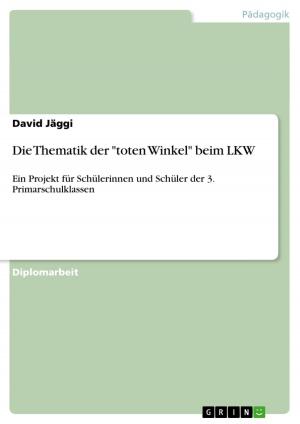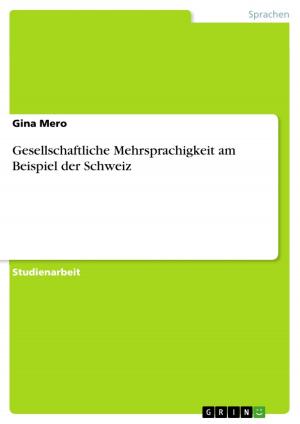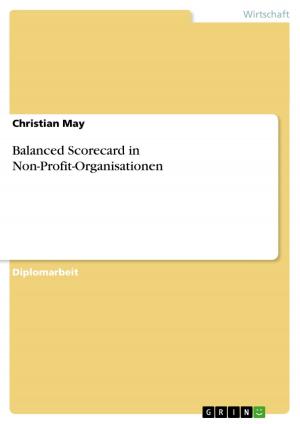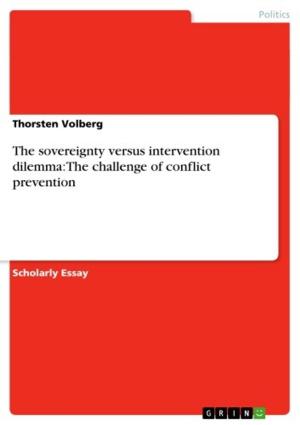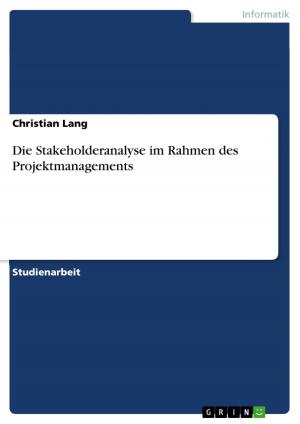Source based project: 'FSA Photography: Dorothea Lange &Walker Evans'
Nonfiction, History, Americas, United States| Author: | Stefanie Däne | ISBN: | 9783640672936 |
| Publisher: | GRIN Verlag | Publication: | July 30, 2010 |
| Imprint: | GRIN Verlag | Language: | English |
| Author: | Stefanie Däne |
| ISBN: | 9783640672936 |
| Publisher: | GRIN Verlag |
| Publication: | July 30, 2010 |
| Imprint: | GRIN Verlag |
| Language: | English |
Seminar paper from the year 2007 in the subject History - America, grade: 1, The University of Liverpool, language: English, abstract: This source commentary deals with the methodological, interpretive and theoretical issues raised by using documentary photographs as historical sources. The problems and advantages connected with this type of historical source are going to be illustrated taking documentary photographs created for the photographic section of the US American federal government during the interwar period as an example. By focusing on two out of the approximately 80, 000 photos of this collection which were produced by the two most renown photographers working for the project, Dorothea Lange and Walker Evans, this source commentary is going to argue that using them profitably as sources in writing cultural history, requires at least as much or even more critical consideration and background information than is required by other sources.
Seminar paper from the year 2007 in the subject History - America, grade: 1, The University of Liverpool, language: English, abstract: This source commentary deals with the methodological, interpretive and theoretical issues raised by using documentary photographs as historical sources. The problems and advantages connected with this type of historical source are going to be illustrated taking documentary photographs created for the photographic section of the US American federal government during the interwar period as an example. By focusing on two out of the approximately 80, 000 photos of this collection which were produced by the two most renown photographers working for the project, Dorothea Lange and Walker Evans, this source commentary is going to argue that using them profitably as sources in writing cultural history, requires at least as much or even more critical consideration and background information than is required by other sources.

